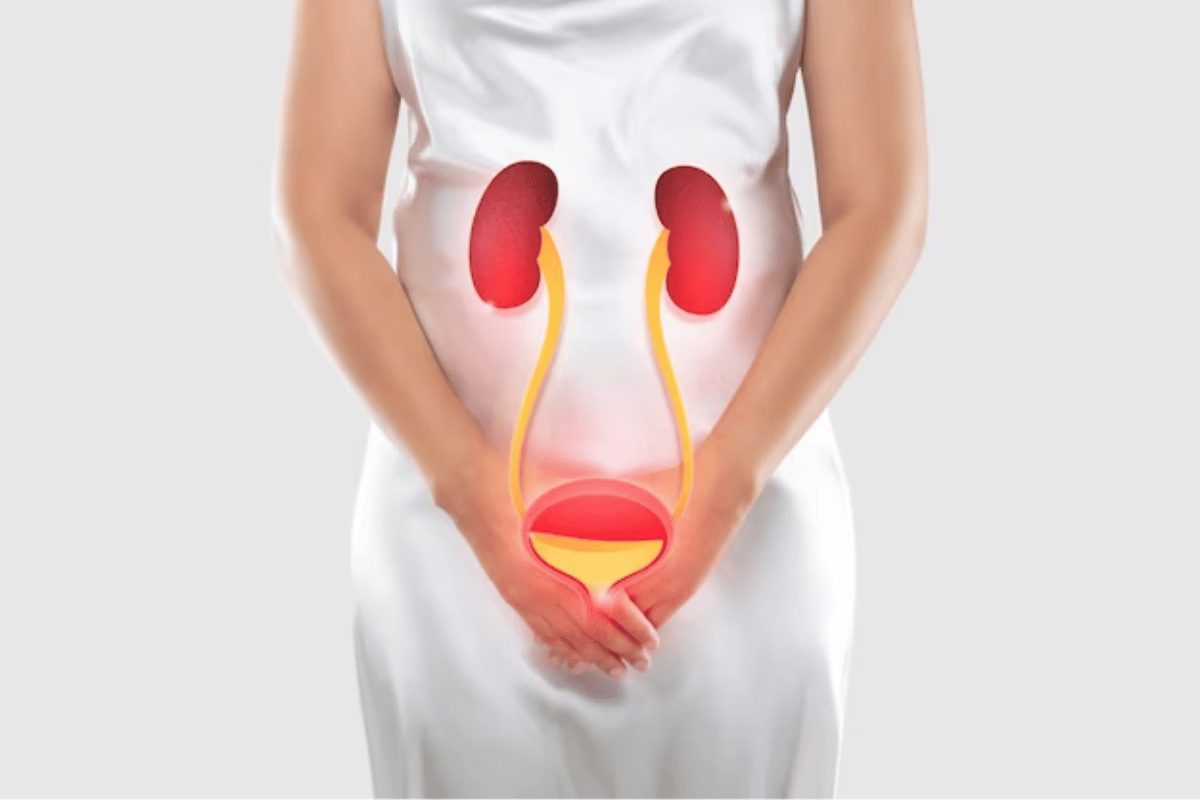UTI PATHOGEN DETECTION

UTI Pathogen Detection Testing
A UTI is one of the most common types of infections in the United States, causing over 15 million medical visits each year. Women, old and young people get them the most. Culture-based methods have traditionally been used to identify the specific pathogen, even though UTIs can be caused by bacteria or fungi. These methods are slow, lack precision, and often don't detect a significant number of positive cases, so many patients go without accurate diagnoses or treatment in time.
Real-Time Polymerase Chain Reaction (qPCR) testing for urinary microbiota addresses these limitations. With this advanced molecular technique, pathogens responsible for UTIs can be detected faster, more reliably, and more sensitively. Now healthcare providers can use qPCR to identify microorganisms that cause infections more accurately, so they can treat patients better.
These are some examples of pathogens detected (they can vary by panel):

